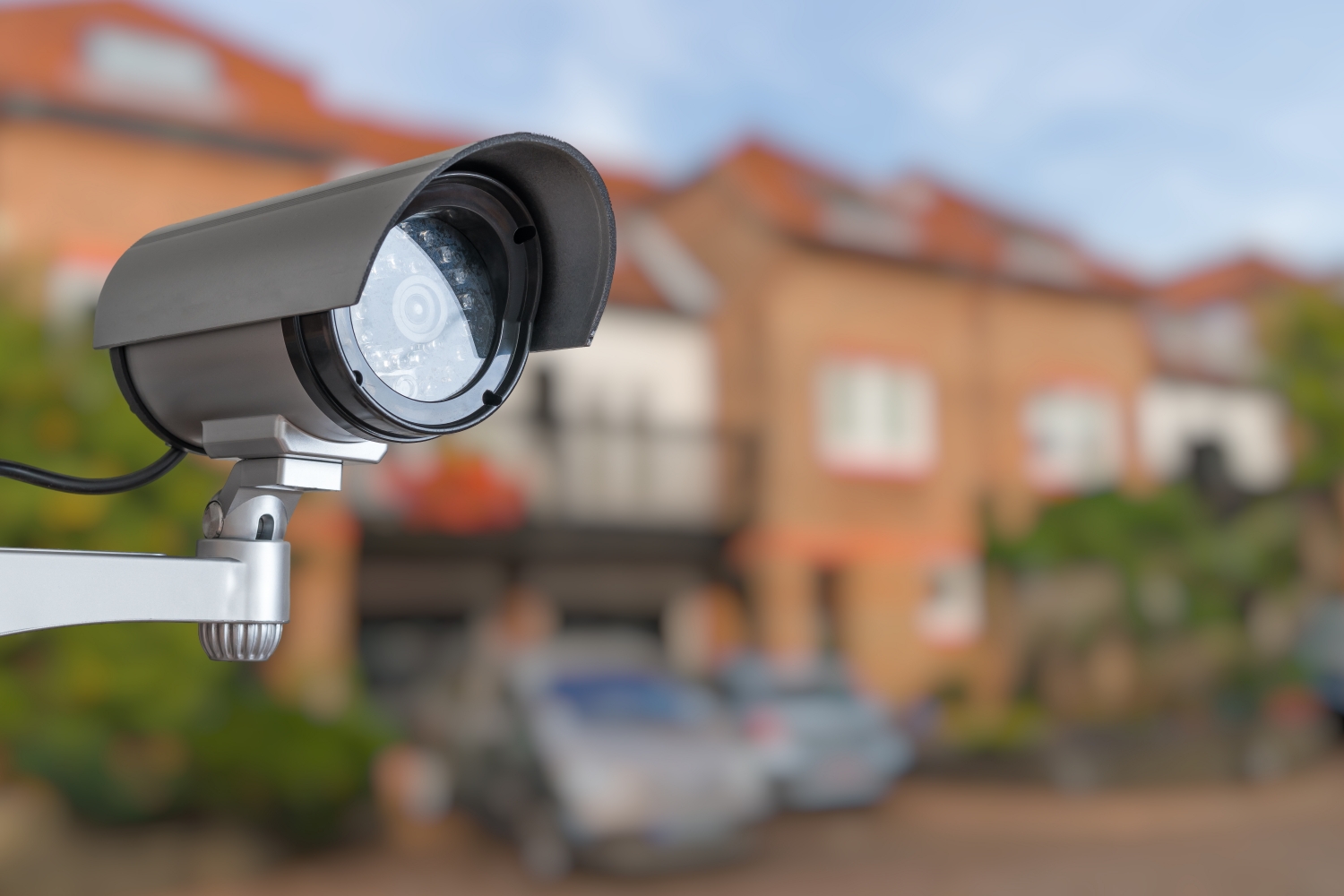How to Install a CCTV
The first step in installing a CCTV is to drill holes in the walls. Use fish tape to guide the cables,
and then screw in each camera. Next, run a cable to the DVR box cctv singapore. The cables can be long, so
you may want to get a power drill to run them through the walls. You will also need to crimp the
cable’s connectors for extra security. Once the cable is properly routed, the cameras are ready
to use.

After drilling the hole, run the wires. Make sure the cables are secure and easy to hide. Be sure
to check that there is no resistance before you turn on the system. If you are installing a PoE
CCTV system, you will need to make an additional hole in the wall to accommodate the wires.
The final step is to install the CCTV. There are several ways to install a CCTV, but the process is
pretty much the same for all types.
The most difficult part of installing CCTV is running the wires. Plan out where you will place each
security camera in advance. You’ll want to plan out the best route to take for the cables,
especially if you have multiple cameras in various locations. For example, if you have a CCTV
installed in a small room, you might only need one camera. Alternatively, you could install
several in the same area to monitor your property.

You’ll need a video signal source for your security cameras. You can use an Ethernet cable to
transmit the video signal to the surveillance monitor. An Ethernet cable is used for power. There
are different types of power supplies, some of which come with protection boxes and fuses.
Most cameras come with bullet or mini domes. In general, you can find a power supply that will
work for any size CCTV. There are many different kinds of CCTV cameras available.
A CCTV system requires an electrical outlet and an Ethernet cable. The cable can be pre-made.
The length is important, as it will be longer if you cut and reconnect connectors. Unlike a
standard power outlet, you must plug the camera into a wall outlet to get an accurate video
signal. The camera must be in close proximity to a power source. If the cable is not long enough,
you can run a separate cable.
Once the camera is mounted, it’s time to install the power source. You’ll need a power source for
the cameras, but don’t forget to have a separate power supply for the camera. The power supply
will provide the power for the CCTV, so you can connect to it from a separate location. If you’re
looking to monitor a home or business, you’ll need a CCTV.
